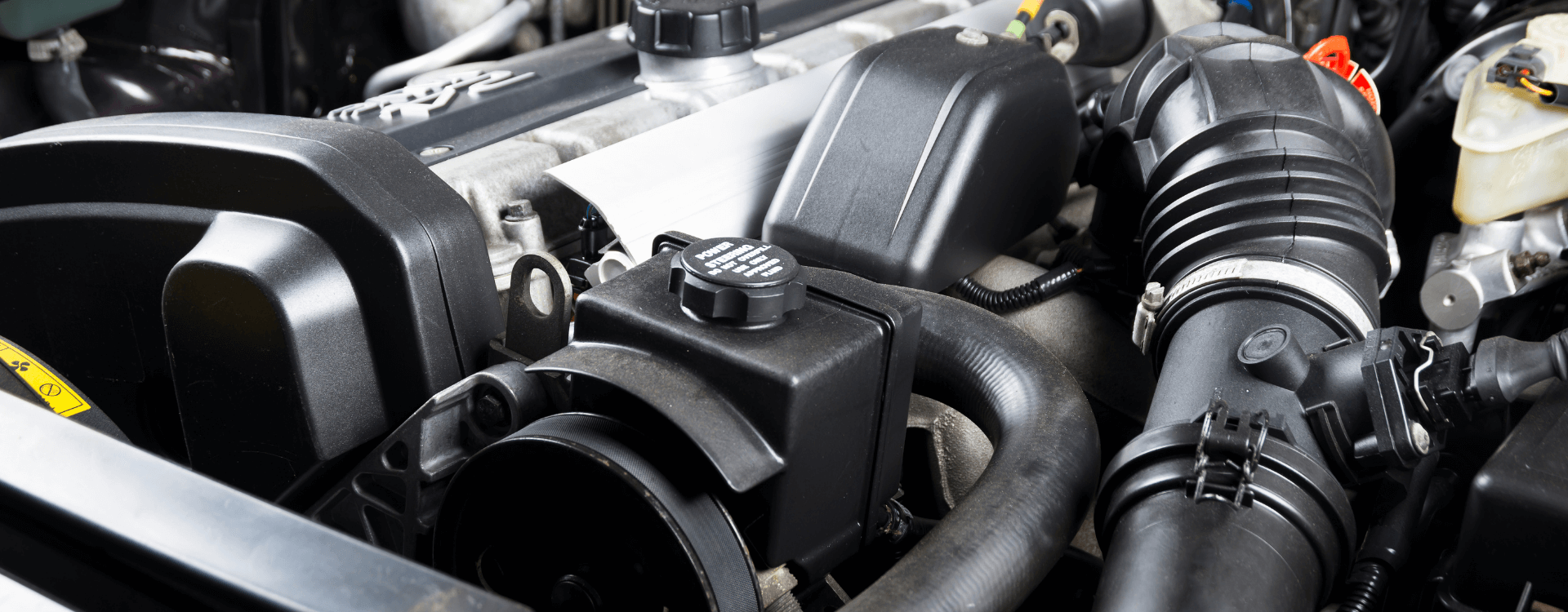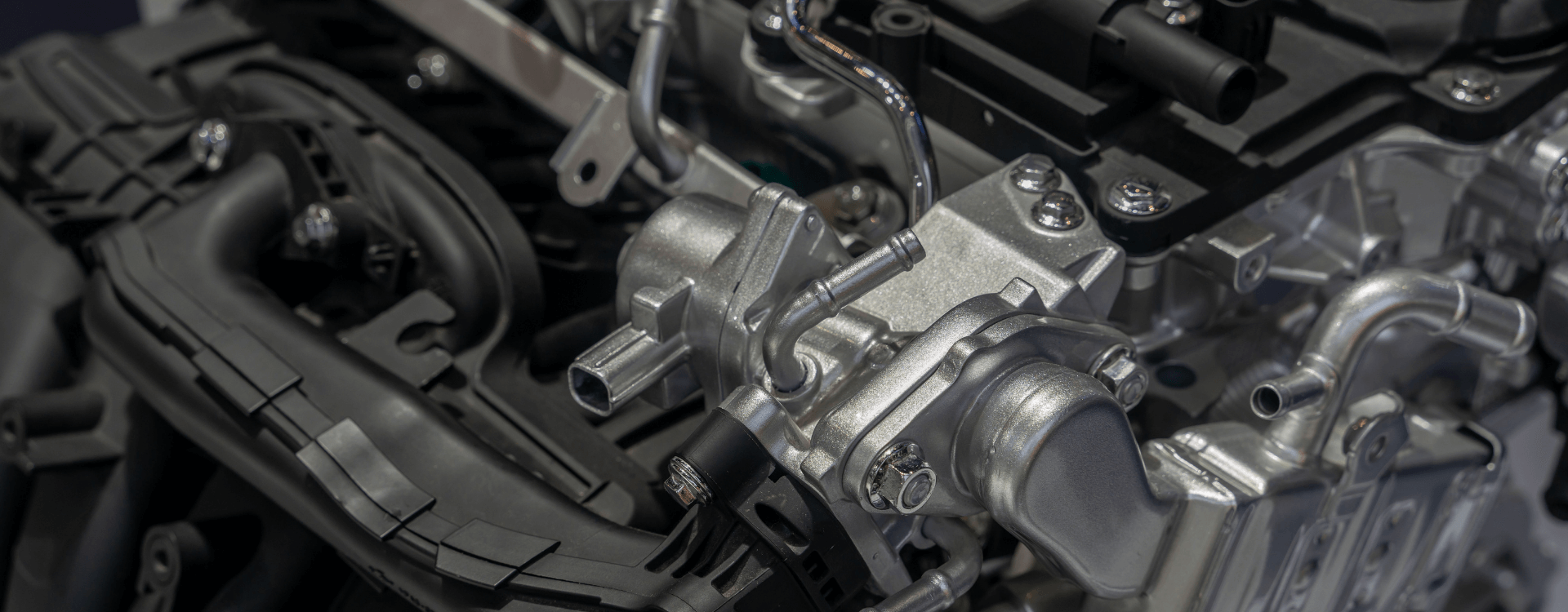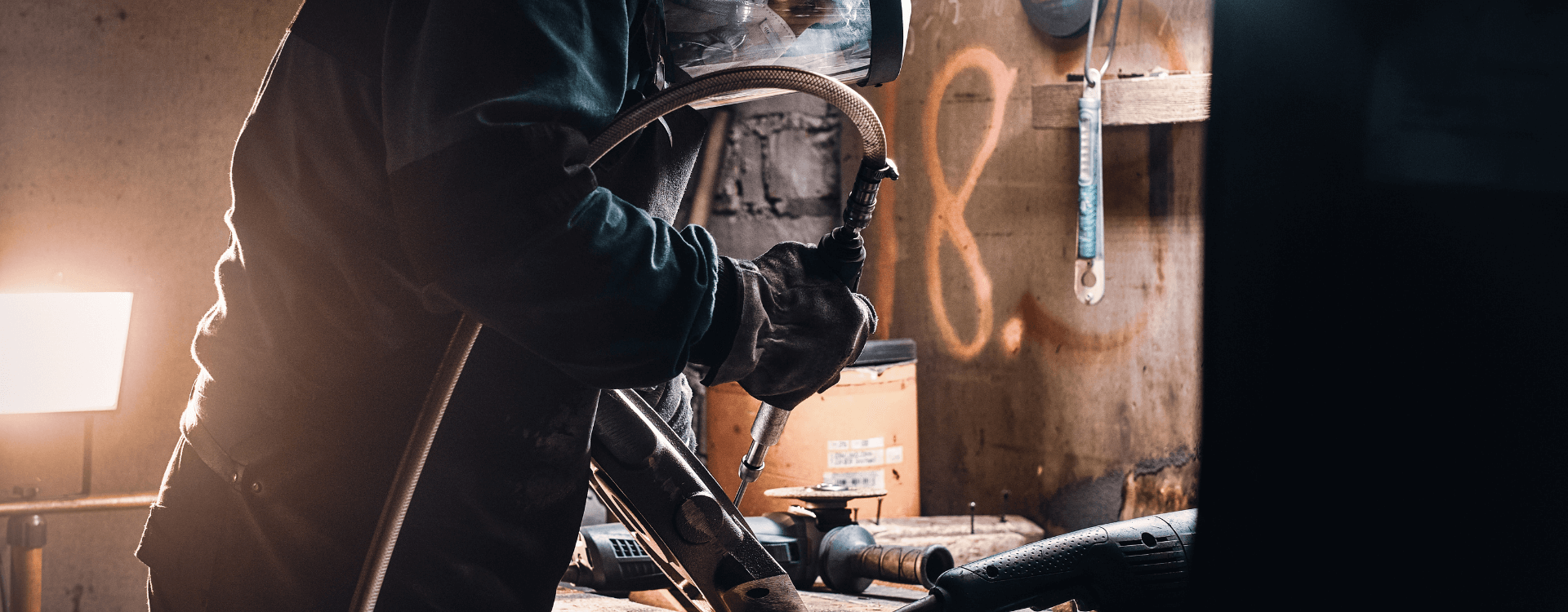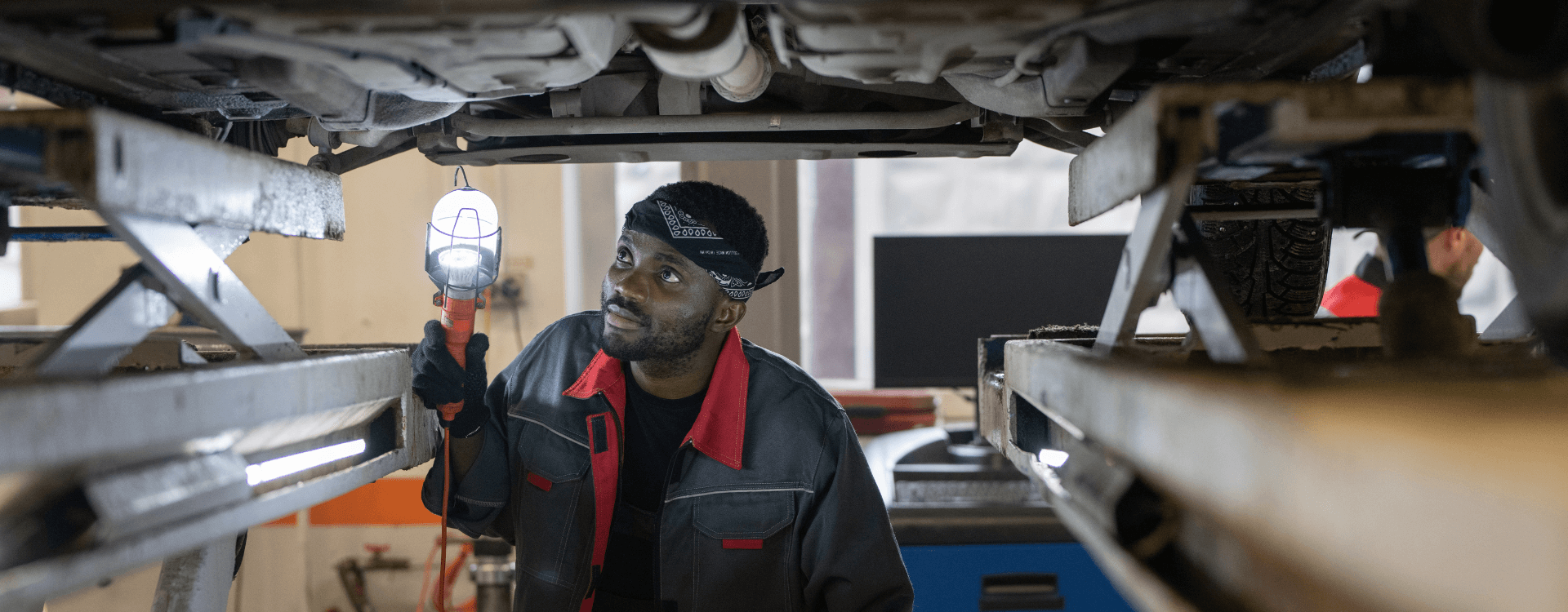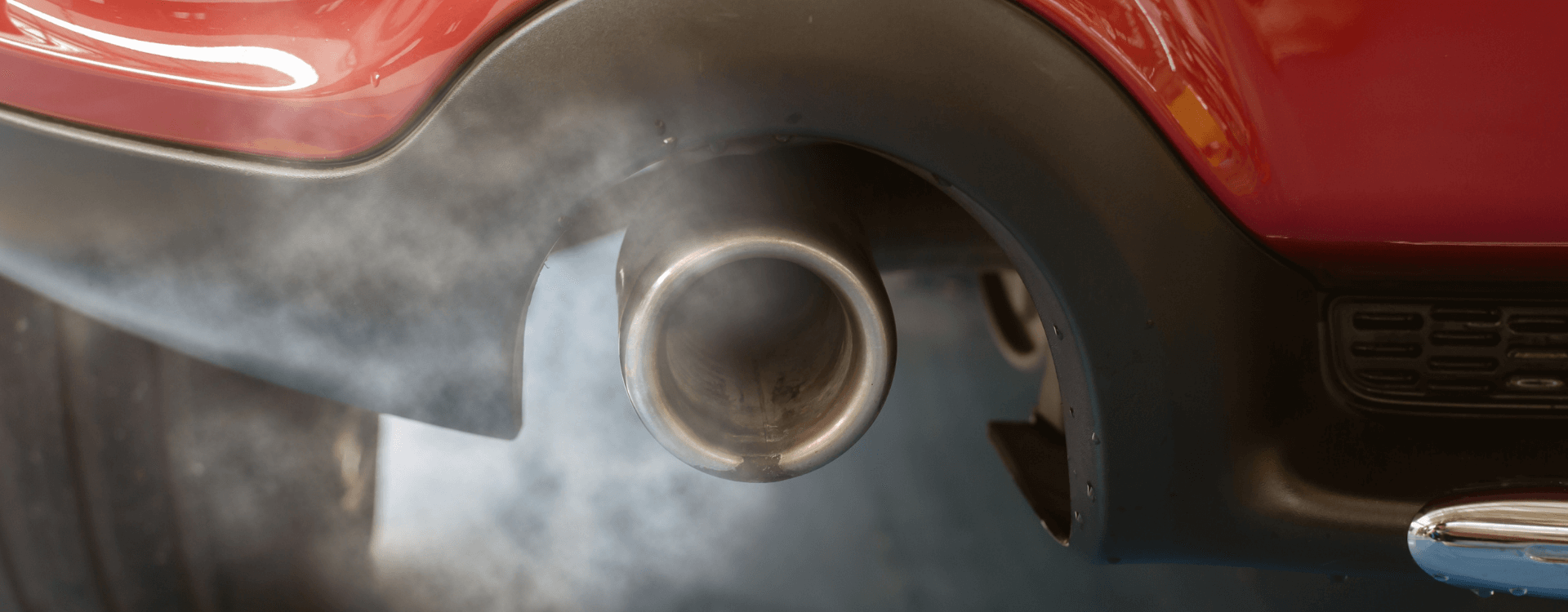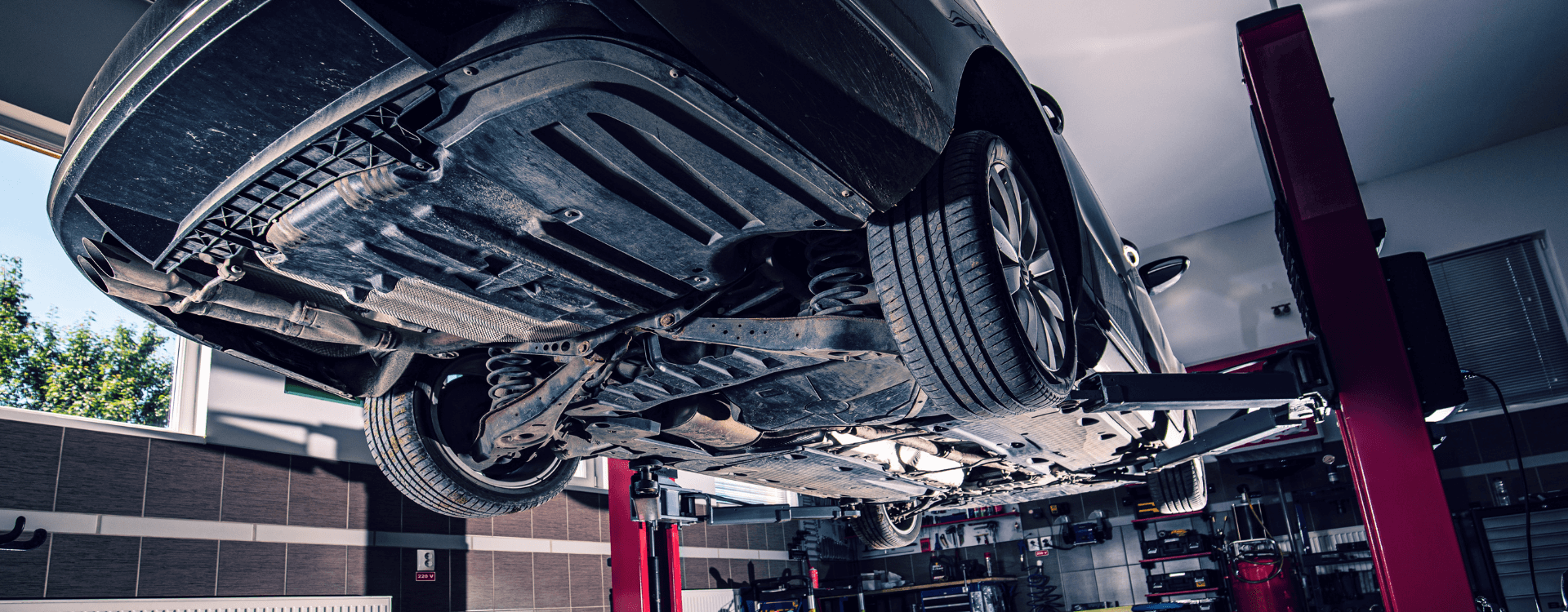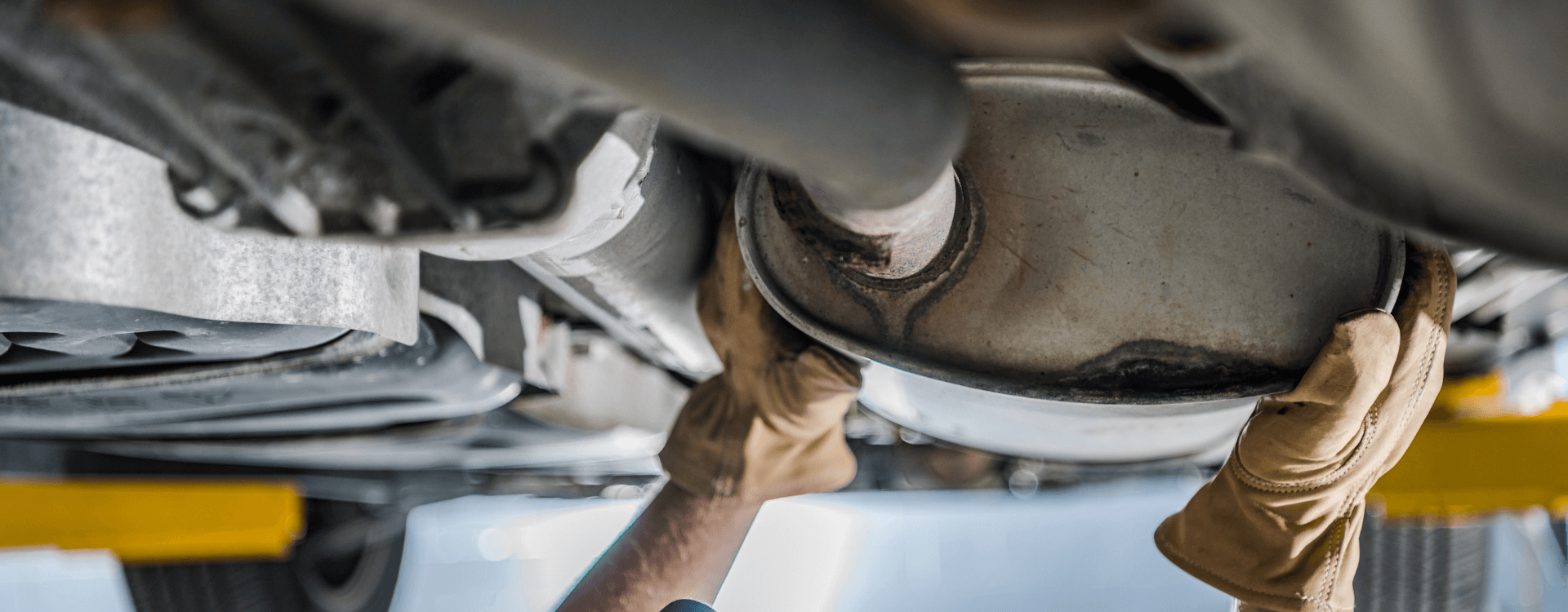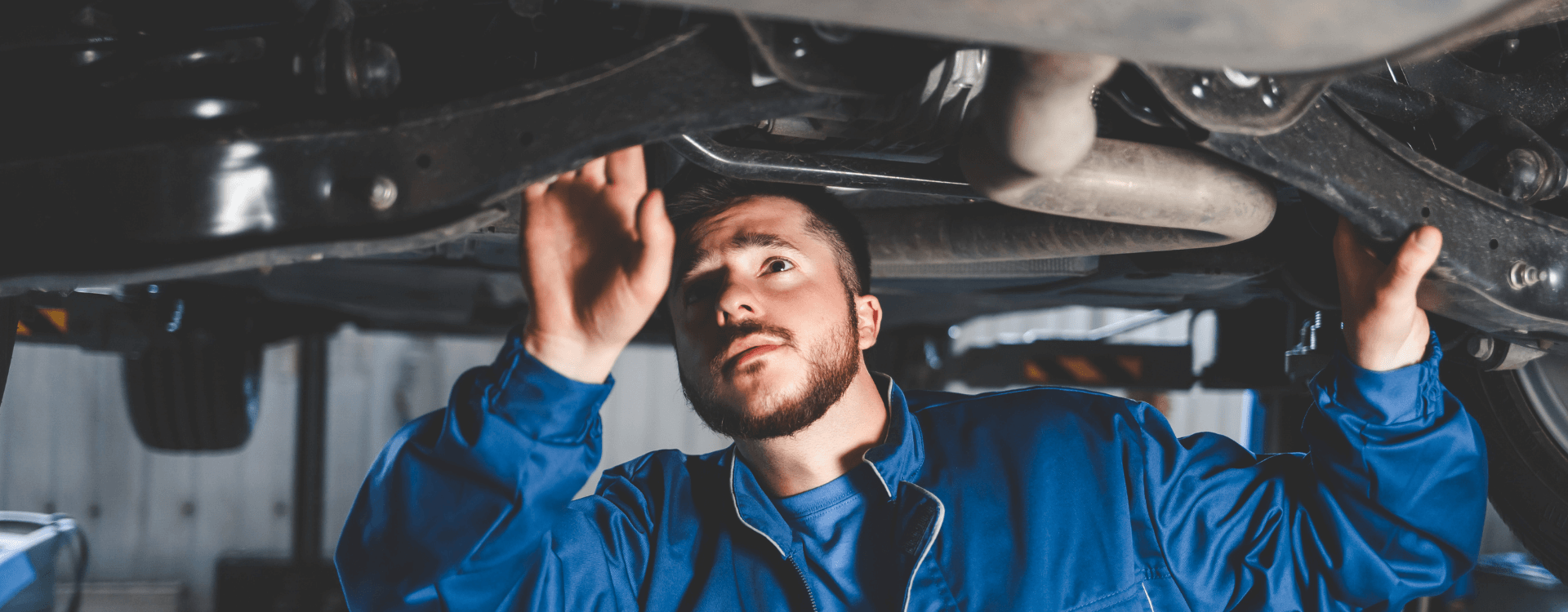
How does the SCR system work in motor vehicles ?
In order to comply with the Euro 6 standard, all diesel vehicles marketed from 2015 onwards must be equipped with an SCR system. This equipment, which takes place within the catalytic converter, is often misunderstood. However, it is relatively simple to operate and can have a significant impact on pollutant emissions. Here is everything you need to know about this relatively new technology.
What is the SCR system ?
In 2015, the Euro 6 standard tightened the tolerance on polluting emissions from diesel engines. A few years after the obligation to install a particulate filter, car manufacturers were therefore forced to install an SCR system on their vehicles. In concrete terms, this is a device that allows AdBlue to be injected into the catalyst. This creates a specific chemical reaction by acting on a very targeted pollutant: nitrogen oxides (NOx). Incidentally, SCR stands for Selective Catalytic Reduction.
Do you want to know if your Catalytic Converter is Bad ? Do you want to know if your DPF is clogged ?
In terms of pollution, nitrogen oxides are often considered to be the worst pollutants. Their volume would be difficult to determine. In cities, the impact would be even greater. However, many efforts had already been made to minimise the impact of diesel cars on the environment. The catalytic converter, the EGR valve as well as the particulate filter had already made significant progress. But to get rid of the nitrogen oxide particles, the solution was to implement the SCR system, fuelled by AdBlue. AdBlue is a mysterious product for many people, often equated with pig's urine... Is this true ?
Did you know ? SCR technology arrived much earlier on trucks. It was introduced as early as 2006 and became widespread shortly afterwards, before arriving in cars. Public transport vehicles are also affected if they have a diesel engine. However, there are no plans to install SCR systems on petrol engines in the near future... even though there are rumours to the contrary !
What is AdBlue ?
So why have car manufacturers turned to AdBlue to optimise the pollutant emissions of their diesel engines ? It is necessary to determine what this famous liquid is in order to properly assimilate the functioning of an SCR catalyst. AdBlue is a liquid solution that is made up of one third urea and two thirds demineralised water. Urea is industrially produced to enable a particularly effective chemical transformation to neutralise nitrogen oxides. AdBlue is sold in bottles, cans and sometimes directly at petrol stations so that you can top up as soon as necessary. Because, yes, the AdBlue level will inevitably drop over time. In order to avoid engine blockage, it is therefore necessary to top up regularly. As a general rule, the tank should be topped up every 10 to 15 000 kilometres. When the level is low, your car's on-board computer will tell you how many kilometres you have left before you need to top up. Generally, when the 'Reserve' level is reached, you can still safely drive more than 2,000 kilometres.
The elements that make up the SCR
If your diesel vehicle is equipped with an SCR catalyst, then the exhaust line has been adapted somewhat. At the end of the engine, there is the catalyst and then the particle filter... But just before the particle filter, there is the AdBlue injector of the SCR system. The AdBlue tank can be located in different places, depending on the vehicle model. However, the injection is always carried out before the catalyst. There are various possible installations, depending on the type of engine, for example. On some models it is even possible to have two catalysts and as many SCR systems !
The reason the SCR system is placed so close to the catalyst, often even within the catalyst itself, is because the AdBlue has to soak directly into the catalyst monolith in order to trigger the chemical reaction needed to neutralise the nitrogen oxides. The catalyst then operates under the same conditions, with the difference that significantly fewer pollutants pass through it, which is undoubtedly beneficial for its life as well.
Nowadays, it is possible to purchase monobloc systems, which include a catalyst with an integrated particulate filter and SCR system. This simplifies maintenance while reducing the overall cost.
How does the selective catalytic reduction process work ?
When AdBlue is injected, it creates a chemical reaction. The product changes into carbon dioxide as well as ammonia, even before it passes through the SCR system. The SCR system then creates a second chemical transformation that directly converts the nitrogen oxides into nitrogen and water. In fact, up to 80 per cent of the nitrogen oxides can be eliminated with SCR technology. This is proof of the effectiveness of this apparently complex but truly relevant device in the context of reducing the environmental impact of the automobile.
This then effectively neutralises the pollution in order to stay below the 80 mg NOx (nitrogen oxides) threshold imposed by the Euro 6 standard, for diesel engines.
Advantages and disadvantages of SCR technology in vehicles
Among the advantages of SCR technology is the fact that it is non-invasive and does not affect driving in any way. Better still, it makes a real and palpable impact on the pollution generated by the engine. The system is relatively reliable and does not present any risk of premature wear or other problems. Also, the price per litre of AdBlue is relatively reasonable, especially as it can be emptied in a reasonable manner. The AdBlue tank is usually placed in the spare wheel area, so that the space on board is not reduced. Filling up the tank is very easy thanks to the many petrol stations that offer an AdBlue nozzle ! In addition, the SCR technology can be continuously improved to achieve the highest possible level of NOx neutralisation. A great challenge that will help push back the limits imposed by future standards and in particular the Euro 7 standard which could come into force in 2025.
However, the system also has some constraints. Already, even if the price of AdBlue is rather reasonable, it still generates an additional cost. Also, car manufacturers have been forced to include the cost of the SCR system in the price of their cars, which can add a little bit to the bill. But these are probably the only drawbacks to this type of installation.
What to remember
SCR technology enables a positive environmental impact on motor vehicles. It effectively neutralises nitrogen oxides to meet ever more stringent pollution standards. Over the years, SCR has been improved to offer even greater efficiency, which allows for even more effective NOx filtering. While the Euro standards are quite a burden for car manufacturers, this allows for the introduction of new and effective devices, which are proven to be beneficial.
Image sources:
Karolina Osinska / Author: borodai / Licence ID: QPJGN8HXSZ - elements.envato.com

